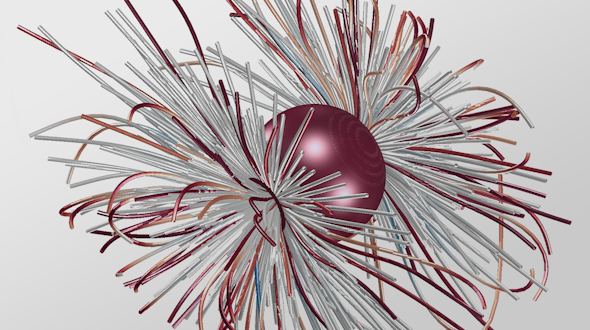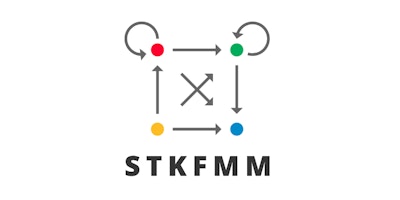Geometric model for dynamics of motor-driven centrosomal asters
The centrosomal aster is a mobile and adaptable cellular organelle that exerts and transmits forces necessary for tasks such as…
Physical Review Research
Examples are the organization and dynamics of the nucleus, the structure and assembly of spindles, the positioning and transport of cellular organelles, and fluid-structure problems in biology. To address these, often in close collaboration with experimental collaborators, we build numerical and theoretical models from the ground up, revealing how the known mechanics of individual components give rise to collective behavior. Many such phenomena occur only within dense, highly interacting systems, inaccessible to standard techniques. To probe such regimes requires the development of fast and scalable algorithms for many-component systems, and of coarse-grained models that can be analyzed and simulated.
The centrosomal aster is a mobile and adaptable cellular organelle that exerts and transmits forces necessary for tasks such as…
Physical Review ResearchWe use a combination of unsupervised clustering and sparsity-promoting inference algorithms to learn locally dominant force balances that explain macroscopic…
Proceedings of the Royal Society AThis paper briefly reprises, with added commentary, a talk I gave on transport and flows within living cells at an…
Physical Review Fluids
This is a numerical computation package for various single- and double-layer kernels for Laplace and Stokes operators in boundary integral methods, implemented on top of the highly-optimized kernel independent fast-multipole method package PVFMM.

This is the simulation tool for tracking assemblies of microtubules driven by motor proteins.